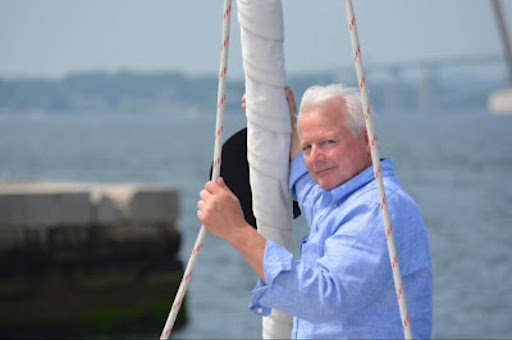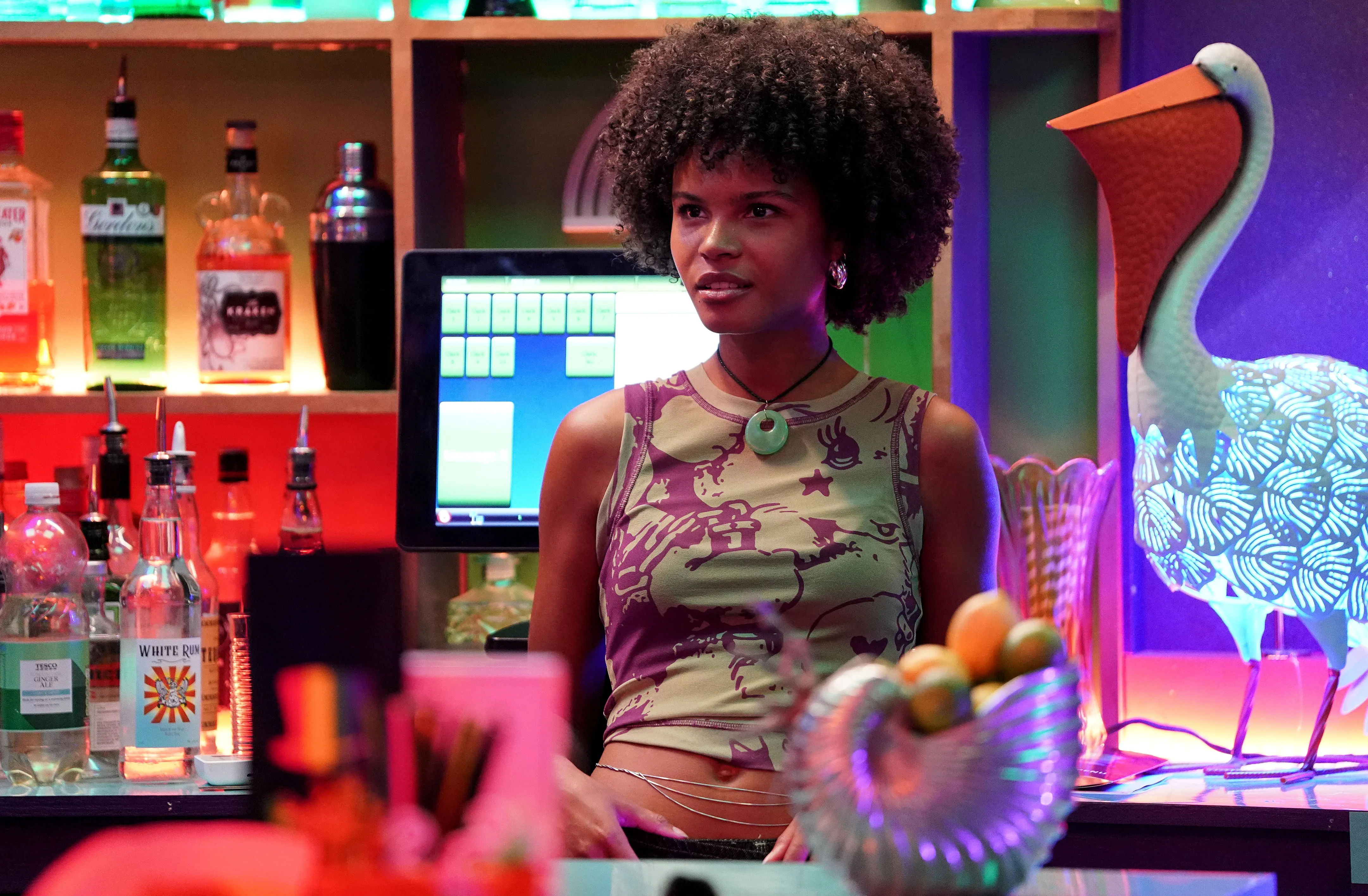Copyright International Business Times

I have been in the hazardous waste business for more than three decades, and I have seen chemical revolutions before. But nothing I have encountered prepares me for the convergence of two alarming trends: rising rates of birth-defect disorders like autism (it's not Tylenol), and a steadily increasing incidence of childhood cancer. What remains hidden is how the very treatments we use, cytotoxic chemotherapy drugs, can excrete from the patient into our families, our caregivers, our environment, and from there into the next generation. We must face this fact: unless we act, the off-gassing of human waste from cancer patients is fueling a broader chemical threat to children and families. When I started this mission, autism spectrum disorder (ASD) was unheard of. In the United States, it now affects around 1 in 31 children according to the Centers for Disease Control and Prevention (CDC). And childhood cancer is no longer the rare anomaly it once was; incidence has increased from roughly 14.2 per 100,000 children in 1975-79 to nearly 18.9 per 100,000 in 2010-19. These statistics should mark a generational alarm. If autism is a genetic disorder that is not hereditary, then it is an environmental effect. An environmental effect is a chemical. There is only one class of chemicals designed to alter human genetics, and that is chemotherapy. Many cancer treatments alter human genetics. They are also known carcinogens and mutagens, and when administered, the active drug shows up in sweat, urine, feces, and vomit. The standard assumption is that once the medication is in a patient, that process is over. But that's not correct. The USP 800 standard recognizes that "handling body fluids (e.g., urine, feces, sweat, or vomit)" from patients treated with these life-altering chemicals is an avoidable risk. It mandates control from receipt at the pharmacy all the way through disposal. All chemotherapy drugs are excreted by the patient over the first few days after treatment. I can tell you from my hazardous waste work experience that once a chemical enters the home, then every family member is contaminated with chemicals known to cause birth defects, cancer, and other horrible diseases through second-hand exposure. The law of conservation of mass is not optional here: these cytotoxic agents have to go somewhere. Yet, despite regulations for compounding pharmacies and hospital waste, we are far behind when it comes to outpatient excreta. Families caring for children or loved ones on chemotherapy are unknowingly absorbing these cytotoxic exposures. They often don't know that by emptying bedpans, cleaning toilets, or doing laundry, they are in direct contact with active pharmaceutical agents. And they are not isolated; the wastewater systems have no effective way to remove these agents once they are flushed. The consequence is a silent spillover of hazardous chemistry into our bodies and homes. So, where do autism and childhood cancer come into this? There is a link that most people don't see. Both have been rising in recent decades. If the excreted cytotoxic drug hypothesis is anywhere near correct, then our chemical revolution in medicine may be leaking into the next generation. We treat cancer, and we ignore the downstream externalities. My solution is simple in principle: collect it, destroy it, dispose of it. From the patient's home or outpatient clinic, combining chemistry, containment, transport, and final disposal, we need to capture patient excreta that contains active or metabolized cytotoxic drugs and render them safe before they go into our families, wastewater, or septic systems. We need to fight chemistry with chemistry. I'm not saying this is the only cause of rising autism or childhood cancer. But I am saying this is a cause we are ignoring. We have built a healthcare system that celebrates surviving cancer in children, which is a triumph, and yet we have failed to safeguard the environment and the surrounding caregivers from the aftermath of treatment. As cancer survivors return home, their waste enters the families and the sewer systems without any oversight. While we focus on treating cancer, we neglect to track where its byproducts go. This oversight represents a critical gap in our healthcare approach that we cannot afford to overlook. We must treat the whole chain. Not just the patient, but the family, the caregiver, the home, the waste stream, and the environment. Regulations such as USP 800 are important, but adherence is inconsistent, and enforcement regarding excreta is the weak point. We need federal action, funding, oversight, and deployment of capture-and-destroy solutions. The healthcare industry must acknowledge that chemotherapy doesn't end in the infusion chair, and it doesn't end in the toilet, the laundry, the bedpan, the septic tank, or the municipal wastewater system. I believe we can do better, and we must. If we ignore this downstream fallout, we will continue to treat one crisis (cancer) while seeding another (birth defects, autism, future cancers). The next chemical revolution can't be one where survivors inadvertently become vectors of exposure. We must break the chain. Because at the end of the day, if we are going to vanquish cancer, we should not create new victims in the process. About the Author: Jim Mullowney is the Chief Executive Officer of Pharma-Cycle LLC, a company specializing in the capture, destruction, and compliant disposal of cytotoxic chemotherapy waste from human excreta. With over 30 years of experience in the hazardous waste industry, Mullowney has built and operated legacy transfer facilities and applied industrial hazardous waste expertise to the emerging problem of chemotherapy-derived exposure in caregivers, families, and the environment. He holds a B.S. in Chemistry from the University of Massachusetts Amherst, has completed coursework in the Suffolk University MBA program, and is a member of the American Chemical Society, the American Society of Clinical Oncology, and the American Society of Health-System Pharmacists.



